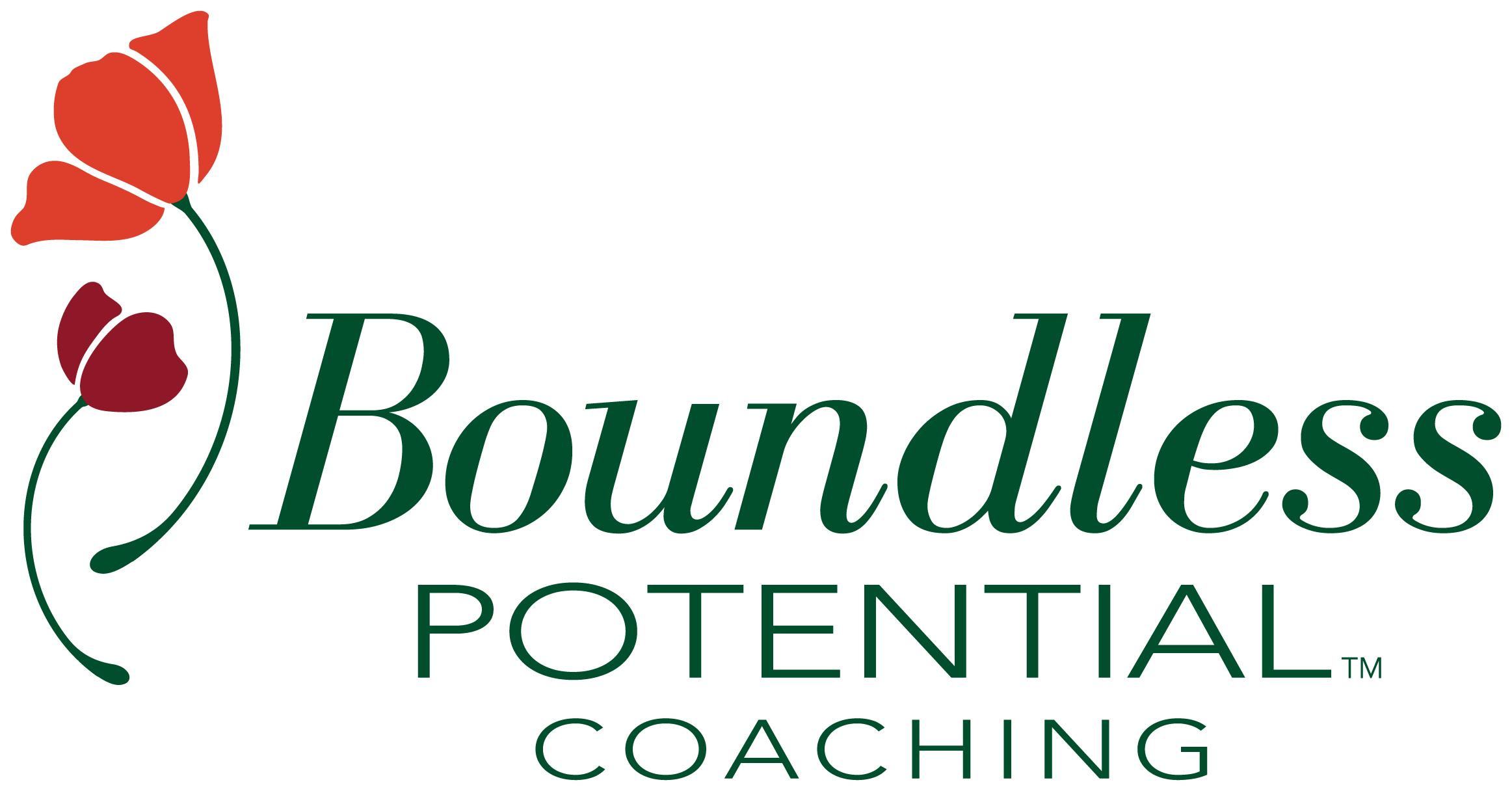According to research, individuals who have greater self-esteem make $28,000 more a year ($7,000 for blue collar workers) on average. (SSRN). A study by Francesco Drago and the University of Messina discovered a clear relationship between compensation and self-esteem. For white collar workers, researchers found that low self-esteem can result in lost income of up to $1.2 million.
Our goal is to make up to that lost income!
What is the tie between self-esteem and confidence? Self-esteem refers to how much you value and appreciate yourself. It’s about your sense of self-worth and self-respect. High self-esteem means you have a positive view of yourself, while low self-esteem means you may struggle with doubt and a loud inner critic. Confidence is the belief you have in your abilities. Oftentimes, if self-esteem is low, it’s evidenced in a lack of confidence.
Building confidence can seem really hard, especially when life gets unpredictable. But trust me, confidence isn’t just for a few chosen people. It’s something you can develop with the right mindset and just a few strategies you can apply starting today.
Step #1: Understand What Confidence Is
Confidence is like a superpower that helps us feel good about ourselves and take on new challenges. It’s about believing in your abilities and feeling sure about your decisions.
Psychologist Albert Bandura came up with the idea of self-efficacy, which is all about believing you can succeed at specific tasks. According to Bandura, people who have high self-efficacy are often more motivated and persistent, which boosts their confidence. In fact, they’re 50% more likely to set and achieve challenging goals.
Take a moment to think about areas you have confidence in and ask yourself, why am I confident here? Maybe you have education, skills developed, or experience and that led to you feeling confident. Maybe you’ve made mistakes but learned valuable lessons which made you confident. For areas that you are lacking confidence, you can apply the same methodologies to build your confidence.
Step #2: Set Goals that Challenge You
Setting goals is a powerful way to build confidence. According to Locke & Latham, when you set specific goals, you’re 90% more likely to achieve them.
Here’s a simple method to help you set and reach goals:
The WOOP Method
- Wish: Identify a goal you want to achieve. For example, “I want to improve my public speaking skills.”
- Outcome: Visualize the best outcome. Think about the benefits, like feeling less panicked and delivering engaging presentations.
- Obstacle: Consider what might hold you back, like being anxious or forgetting your points.
- Plan: Create a plan to overcome obstacles. For instance, “If I feel nervous, I’ll take a deep breath and remember my preparation.” Or “I will practice my speech more so I will remember my speaking points.”
Step #3: Improve Your Communication Skills
Oprah Winfrey grew up in poverty and had a tough childhood, which caused her to struggle with communication and confidence.
Despite these challenges, she found a love for public speaking, which earned her a scholarship to Tennessee State University. Her warm, genuine style helped her stand out, leading to a job as a co-anchor in Nashville. This opportunity opened the door to her becoming a media mogul, known for her amazing ability to connect with and inspire millions of people.
Good communication boosts confidence and will make you more competent! Here’s how you can improve:
Verbal Communication
- Use Simple Language: Speak clearly and avoid jargon. For example, instead of saying, “We need to optimize operational efficiency,” say, “We need to work faster and smarter.”
- Practice Assertiveness: Use “I” statements to express your thoughts confidently. For example, “I need this completed by the end of the day.”
- Organize Your Thoughts: Structure your speech with a clear beginning, middle, and end.
- Control Tone and Pace: Speak at a moderate pace and use a confident tone. Don’t be afraid to use intentional pauses; they can add power to your message.
Non-Verbal Communication
- Maintain Eye Contact: Look directly at the person you’re speaking to for a few seconds. Practice this in the mirror with yourself if this is difficult for you.
- Use Open Body Language: Stand or sit with your shoulders back and arms relaxed.
- Facial Expressions: Smile when speaking positively to match your verbal message.
- Gestures: Use effective hand gestures to emphasize points and illustrate ideas.
Step #4: Celebrate Your Unique Self
According to Mitchell (11 Confidence Facts), when you celebrate your successes, it boosts your confidence. Accepting yourself and recognizing your unique strengths can boost your confidence.
One way to practice self-acceptance is by keeping a “Strengths Journal.” Write down one unique trait or accomplishment daily and reflect on its positive impact on your life.
Set aside time each week to reflect on your small victories and reward yourself. Whether it’s a personal goal or a work achievement, acknowledging your successes can inspire you to keep pushing forward.
If you need help setting challenging goals (and reaching them), improving your communication skills, or recognizing your unique gifts and talents, reach out to me at Info@BoundlessPotentialLife.com for a complimentary discovery session. Become that more confident you TODAY!

